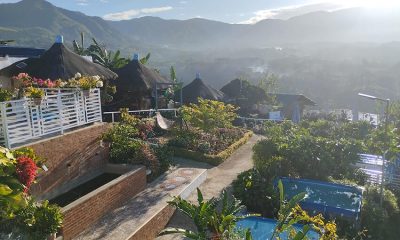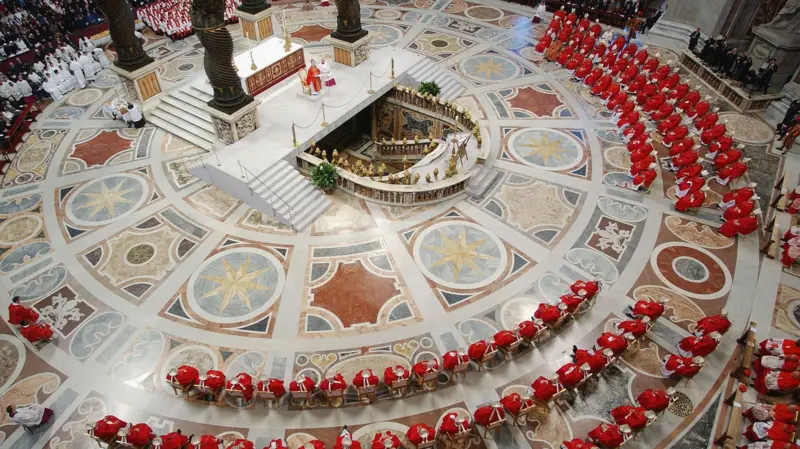DAPITAN CITY (PIA) – Sundown; the wind blows through your hair as you step into a courtyard seemingly caught between the folds of time,and just like that, you’re taken back.
Picture it: 122 years ago, a woman who was always in the shadow of her great husband was laid to rest in the distant land of Hong Kong, but her legacy was passed down in poems and stories that survived for over a century.
Josephine Bracken, arguably one of the most famous foreign women in Philippine history, was Dr. Jose Rizal’s common-law wife.
A wife, a homemaker, a woman who lived a relatively ordinary life in Dapitan City with her husband, who paved the way for the revolution that would ultimately free the Filipino people from 333 years of colonization.
But she was so much more.

The youth of Dapitan honor Josephine Bracken through song and dance in front of Casa Residencia, Josephine and Rizal’s home preserved in Rizal Shrine (Photo by: Jether Pausal – OJT)
Josephine Bracken, affectionately called “Josefina” by her late husband, offered her services to the revolution after Rizal’s passing.
Rizal Shrine Curator Sofia Bogolboc cited sources from the National Historical Commission of the Philippines on the significant role that Josephine played after the death of her husband. She believed to have tended to the sick and wounded soldiers. She boosted morale and even operated reloading jigs for Mauser cartridges under General Pantaleon Garcia.
She led charges and went into battle, and when the Spanish revolution was over, she became a teacher, still contributing to her late husband’s vision of a future he never got to see.
She fought and served. She died at the age of 25.
Yet for most, all she is known for is that she was Rizal’s wife, a passive figure in history.
Until today.
On March 14, 2024, 122 years after her passing, she was awarded a Posthumous Supreme Commander’s Citation from the Knights of Rizal in recognition of her significant and immense contribution to the life of Rizal and, in turn, her contributions to history.
Knights of Rizal, Las Damas de Rizal, the National Historical Commission, and Jose Rizal Memorial State University officials, members of The Kingdom of God, together with local government officials, witnessed the presentation of the plaque in front of Casa Residencia, Rizal and Josephine’s very own home preserved in Rizal Shrine.
The late Josephine also received flowers from different organizations and locals—a long-overdue tribute to her role in the revolution.
As the sun set and the winds grew colder, the formalities gave way for creatives to honor her in the same way her late and beloved husband once did—through poetry and songs.
In the intimate setting of Balay Hamoy Museum, a witness to her husband’s dear friendship with Don Mariano Hamoy, the youth took stage and dedicated poems and songs to Josephine. Local bands sang of her story, of her relationship with Rizal, and of her strength as a woman who persevered and fought during a time when women were seen as fragile secondary characters.
As we celebrate Women’s Month, her existence and her story continue to remind us of the strength of femininity and the influence women have had on the course of history. She serves as a reminder that women can and should take a stand and fight for what they believe in. (RVC/EDT/PJF/PIA9-Zamboanga del Norte)

 Business8 months ago
Business8 months ago
 Dipolog1 year ago
Dipolog1 year ago
 Dipolog1 year ago
Dipolog1 year ago
 Business1 year ago
Business1 year ago
 Dipolog1 year ago
Dipolog1 year ago
 Business8 months ago
Business8 months ago
 Dipolog1 year ago
Dipolog1 year ago
 Dipolog1 year ago
Dipolog1 year ago


















